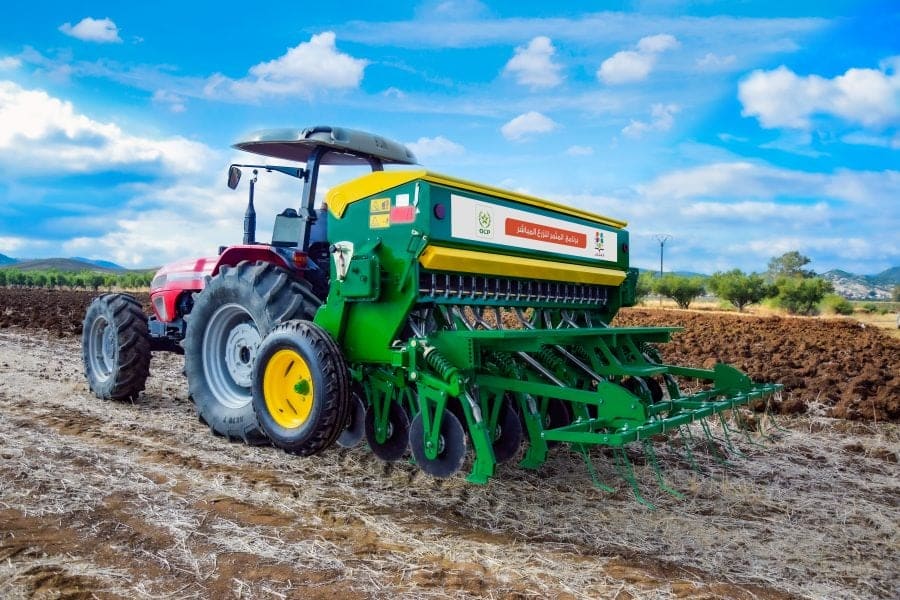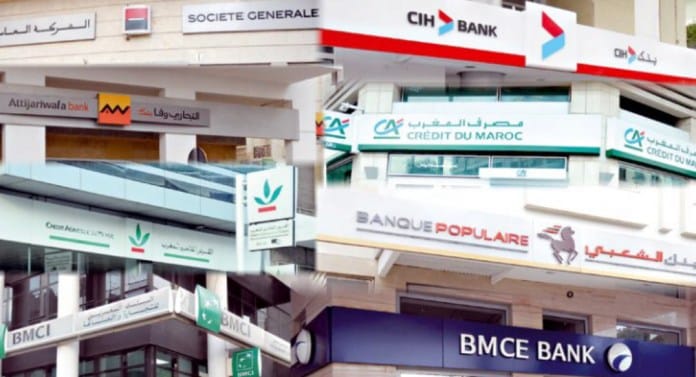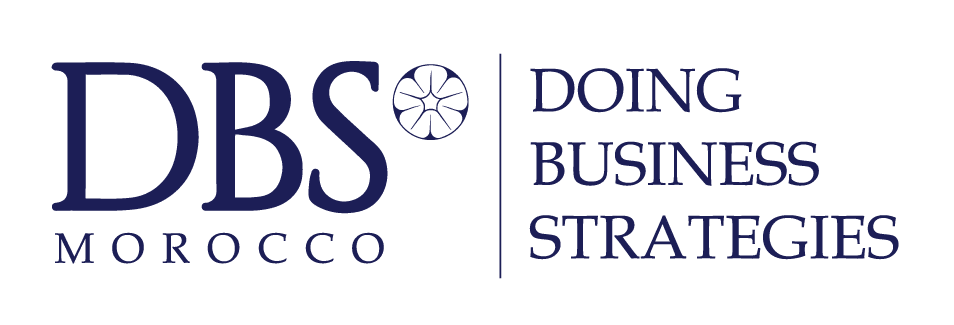
1. Introduction to Morocco’s Macroeconomic Landscape
Morocco stands as one of the most stable and diversified economies in North Africa. The country’s macroeconomic structure is characterized by a mix of agricultural, industrial, and service sectors, all contributing significantly to its overall GDP.
With strategic trade agreements and government policies in place, Morocco has managed to maintain steady economic growth while positioning itself as a key player in the African and global markets.
Morocco’s Macroeconomic Landscape
At the core of Morocco’s Macroeconomic are sectors like agriculture, manufacturing, mining, and increasingly, tourism and renewable energy. The Moroccan government has continuously implemented reforms aimed at fostering economic resilience and attracting foreign investment. These efforts have resulted in a well-balanced economic environment capable of withstanding external shocks.
2. Historical Overview of Morocco’s Economy
Since gaining independence in 1956, Morocco has undergone several economic transformations. The early years were marked by significant state control over industries and economic activities, but in the 1980s, Morocco began liberalizing its economy, embracing free-market principles. This shift helped improve the business climate and encouraged private sector growth.
In recent decades, Morocco has focused on diversifying its economy beyond agriculture, with heavy investments in infrastructure, energy, and manufacturing.
The 2000s saw the launch of the “Emergence Plan,” which aimed to position Morocco as a regional industrial hub. This period also marked a boost in Foreign Direct Investment (FDI), particularly in sectors like automotive, aerospace, and renewable energy.
3. Key Drivers of Economic Stability
Economic stability in Morocco is largely driven by well-structured government policies, robust financial institutions, and a series of strategic trade agreements. The government’s commitment to fiscal discipline has helped maintain macroeconomic balance, with initiatives such as Vision 2020 targeting various sectors, particularly tourism and energy.
Morocco’s Central Bank plays a critical role in regulating the financial sector, ensuring that inflation remains within manageable limits. Meanwhile, free trade agreements with the European Union, the United States, and several African countries have facilitated Morocco’s integration into global value chains, further enhancing its economic stability.
4. Role of Agriculture in Morocco’s Economy
Agriculture remains a fundamental pillar of Morocco’s economy, contributing about 14% to the GDP and employing nearly 40% of the workforce. The country’s diverse climate allows for the cultivation of a wide range of crops, including cereals, citrus fruits, olives, and vegetables.
The agricultural sector is also vital for rural development and poverty alleviation, particularly in regions heavily reliant on farming such as Agadir Souss Massa region..
The “Green Morocco Plan” initiated by the government has been a significant driver of growth in this sector, promoting sustainable farming practices and improving the export of agricultural products.

5. The Industrial Sector: Growth and Challenges
Macroeconomic
The industrial sector has been a key engine of growth for Morocco over the past two decades. The country’s strategic location, combined with its competitive labor costs, has made it an attractive destination for industries like automotive, aeronautics, and textiles.
The “Emergence Plan” and subsequent “Industrial Acceleration Plan” have bolstered Morocco’s status as an industrial hub, especially in the automotive sector, where companies like Renault and Peugeot have set up manufacturing plants.
6. Tourism: A Pillar of Economic Growth
Tourism has long been a cornerstone of Morocco’s economy, contributing significantly to GDP and employment. The country’s rich cultural heritage, diverse landscapes, and historical sites have attracted millions of tourists annually, making it one of the top travel destinations in Africa.
In recent years, Morocco has shifted its focus towards more sustainable tourism practices, with an emphasis on eco-tourism and cultural tourism.
The Ministry of Tourism, Handicrafts, and Social and Solidarity Economy reported that 7.4 million tourists visited Morocco during the first six months of 2024, marking a 14% increase compared to the same period in 2023. Additionally, we cannot overlook the fact that the Kingdom of Morocco will host the 2030 World Cup, which is expected to lead to a significant rise not only in the number of tourists but also investors.

7. Morocco’s Energy Sector
Morocco Macroeconomic has made remarkable strides in transitioning towards renewable energy, positioning itself as a leader in Africa’s green energy revolution. The country’s renewable energy strategy, particularly in solar and wind power, has garnered international attention.
Projects like the Noor Ouarzazate Solar Complex, one of the largest solar power plants in the world, showcase Morocco’s commitment to reducing its reliance on fossil fuels.
The energy sector not only provides a reliable source of power for the growing industrial base but also offers new opportunities for economic diversification and job creation.
8. Foreign Direct Investment (FDI)
Morocco’s attractive business environment, coupled with its political stability and proximity to major markets, has made it a prime destination for Foreign Direct Investment (FDI). Key sectors drawing foreign investment include automotive, aerospace, renewable energy, and real estate.
The government has implemented several reforms to further improve the ease of doing business, such as simplifying regulations and offering tax incentives. These measures have helped Morocco maintain its position as one of the top FDI destinations in Africa.
9. Financial Sector and Banking
Morocco’s banking sector is one of the most developed in Africa, boasting a high level of financial inclusion and robust regulatory frameworks. Recent reforms have focused on enhancing the stability of the financial system, modernizing payment systems, and improving access to financial services for underserved populations.
Banks play a crucial role in financing various sectors of the economy, from small and medium-sized enterprises (SMEs) to large-scale infrastructure projects. The ongoing digitization of banking services is expected to further enhance efficiency and accessibility.

10. Trade Relations and Agreements
Morocco has established itself as a regional trade hub through a series of bilateral and multilateral trade agreements. Its most significant trade partners include the European Union, the United States, and countries in Sub-Saharan Africa.
The country is also a member of the African Continental Free Trade Area (AfCFTA), which aims to boost intra-African trade and economic integration.
These agreements have facilitated the growth of key export sectors, including textiles, electronics, and agricultural products.
11. Public Debt and Fiscal Policies
While Morocco’s public debt has increased in recent years, the government has maintained a prudent fiscal policy to manage it effectively. The country’s debt-to-GDP ratio remains within a sustainable range, supported by sound fiscal policies aimed at reducing budget deficits.
Fiscal reforms, including tax system improvements and public expenditure management, have contributed to greater economic stability.
12. Inflation and Monetary Policy
Morocco has historically maintained low inflation rates, thanks to effective monetary policies implemented by the central bank. The adoption of a more flexible exchange rate regime in recent years has further strengthened the country’s ability to absorb external shocks and maintain price stability.
The central bank’s focus on inflation targeting, combined with prudent fiscal management, has been key to preserving macroeconomic stability, fostering an environment conducive to investment and growth.
13. Employment and Labor Market Trends
The Moroccan labor market has seen significant changes, with notable progress in job creation across various sectors, particularly in industry and services. However, unemployment remains a challenge, especially among the youth and women.
Government programs such as the “National Employment Strategy” aim to address these challenges by promoting skills development, entrepreneurship, and access to job opportunities. The growing industrial and service sectors are expected to play a vital role in reducing unemployment in the coming years.
14. Future Outlook: Stability and Growth Projections
Looking ahead, Morocco is well-positioned to continue its path of stable growth, thanks to its diversified economy and strategic location. The government’s focus on key sectors such as renewable energy, industry, and tourism will be critical drivers of future growth.
Economic forecasts suggest that Morocco’s GDP will continue to grow steadily, supported by reforms aimed at enhancing competitiveness and attracting foreign investment.
Morocco’s macroeconomic landscape offers a promising outlook for stability and growth. The country’s diversified economy, sound fiscal and monetary policies, and strategic investments in infrastructure and renewable energy have positioned it as a rising player in the region.
While challenges remain, including unemployment and climate change, Morocco’s commitment to reform and investment in key sectors ensures that it will continue to thrive in the years to come, offering opportunities for both domestic and foreign investors.
For more information about profitable investment opportunities in Agadir Souss Massa, Kingdom of Morocco, contact us now.

